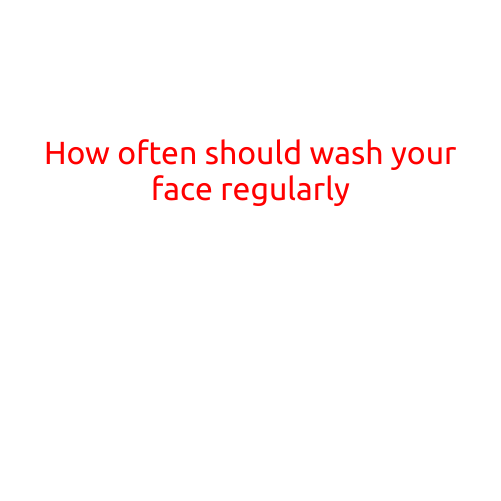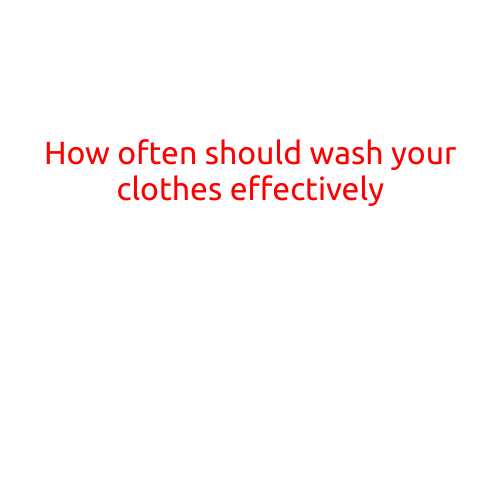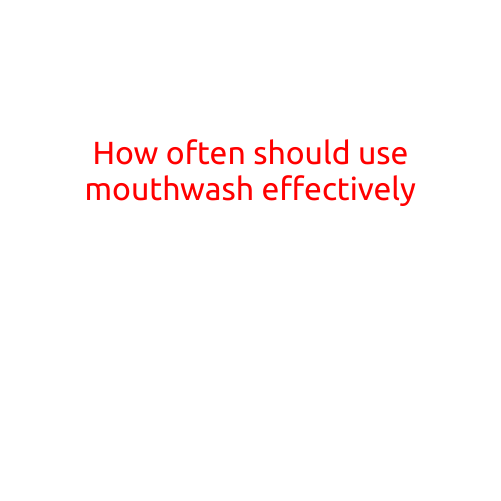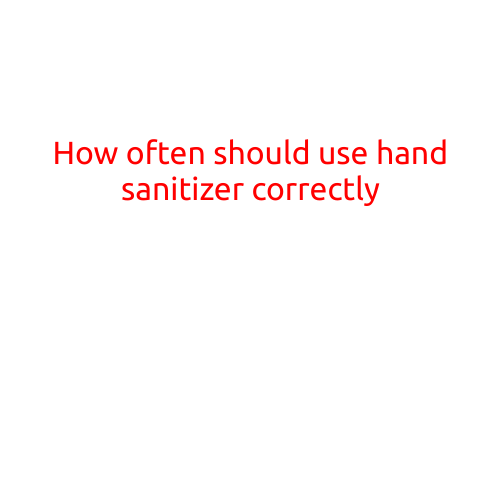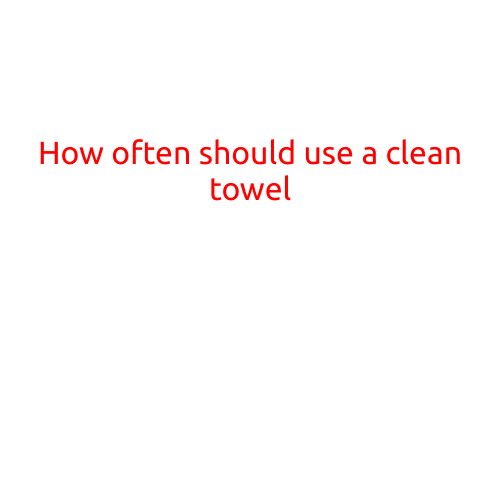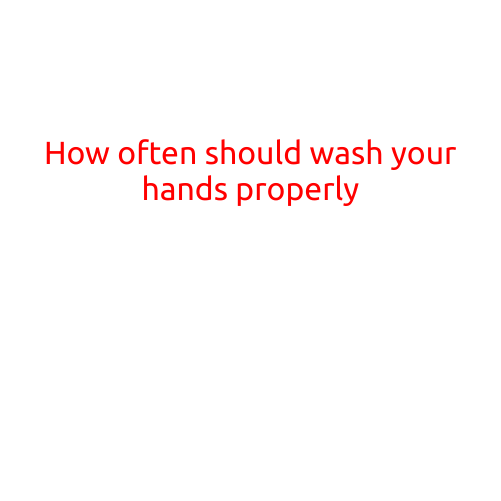
How Often Should You Wash Your Hands Properly?
Washing your hands is one of the most effective ways to prevent the spread of illnesses and infections. Whether you’re at home, at work, or out and about, it’s crucial to keep your hands clean and hygienic. But how often should you wash your hands properly?
The Importance of Hand Hygiene
Hand hygiene is a critical aspect of preventing the spread of diseases. Germs and bacteria can easily spread from surfaces, people, and objects to your hands, and from your hands to your eyes, nose, and mouth. When you don’t wash your hands properly, you’re at risk of contracting illnesses like the common cold, flu, and even life-threatening infections like Ebola and MRSA.
How Often Should You Wash Your Hands?
The Centers for Disease Control and Prevention (CDC) recommend washing your hands:
- After using the bathroom: Whether you’re at home or in a public restroom, wash your hands thoroughly with soap and water for at least 20 seconds.
- Before and after preparing food: Keep your hands clean when handling food to avoid contamination and foodborne illnesses.
- After blowing your nose, coughing or sneezing: These actions can spread germs and bacteria, so wash your hands immediately to prevent the spread of illness.
- After touching animals or their waste: If you’ve been in contact with animals, wash your hands to prevent the spread of animal diseases.
- After touching someone who is sick: If you’ve come into contact with someone who is ill, wash your hands to prevent the spread of infection.
- After being in contact with someone who has a contagious illness: If you’ve been near someone with a contagious illness, wash your hands to prevent the spread of infection.
- After cleaning up after a pet or changing a diaper: These activities can spread bacteria and germs, so wash your hands thoroughly after completion.
- After being in a crowded area or public place: If you’ve been in a crowded area or public place, wash your hands to prevent the spread of illness.
- Before inserting contact lenses: Clean and disinfect your contact lenses, and wash your hands before handling them.
- As needed throughout the day: If your hands are visibly dirty or greasy, wash them immediately.
Proper Hand Washing Techniques
When washing your hands, follow these steps:
- Wet your hands: Use warm water and let it run over your hands for a few seconds.
- Apply soap: Use a mild soap or hand sanitizer and rub your hands together to create a lather.
- Scrub your hands: Pay special attention to the backs of your hands, between your fingers, and under your nails.
- Rinse your hands: Rinse your hands thoroughly with warm water to remove all soap residue.
- Dry your hands: Use a clean towel or air dryer to dry your hands completely.
Conclusion
Washing your hands is a simple yet effective way to prevent the spread of illnesses and infections. By following these guidelines and proper hand washing techniques, you can protect yourself and those around you from the risks of disease transmission. Remember, wash your hands often, and wash them properly, to keep yourself and your loved ones healthy and safe.
